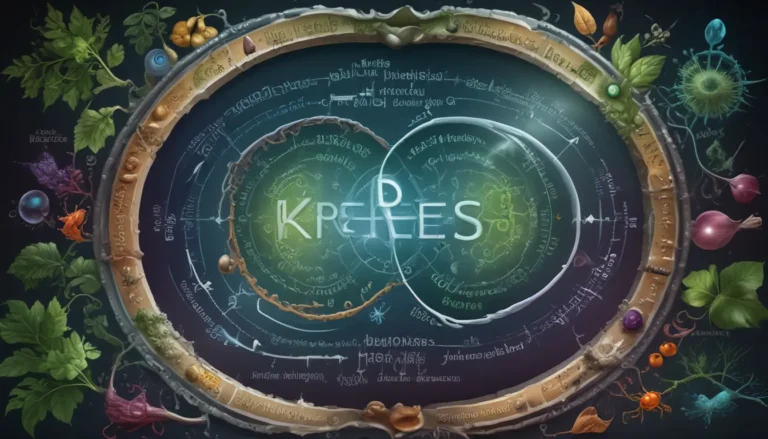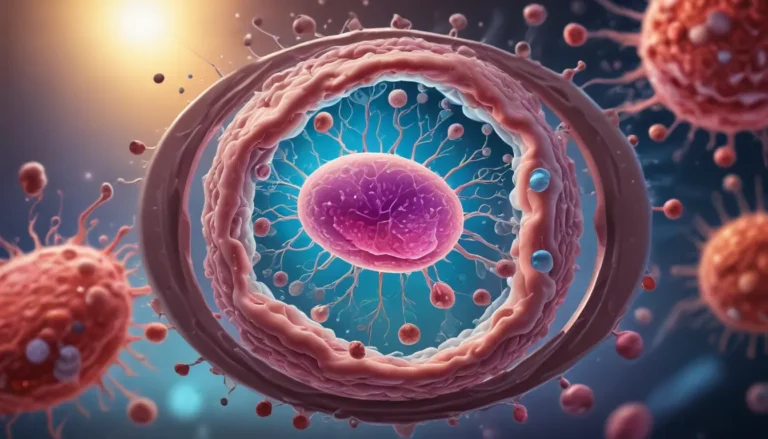A Note About Images: The images used in our articles are for illustration purposes only and may not exactly match the content. They are meant to engage readers, but the text should be relied upon for accurate information.
In the realm of environmental restoration, bioremediation stands out as a unique and powerful solution that harnesses the power of biology to combat pollution. By utilizing living organisms like bacteria, fungi, and plants, bioremediation offers a sustainable and cost-effective approach to eliminating pollutants in soil, water, and air. The concept of bioremediation has gained traction in recent years for its ability to address environmental challenges while minimizing the use of harmful chemicals and strategies with adverse side effects.
Understanding Bioremediation: A Natural Approach to Environmental Cleanup
Bioremediation is a process that leverages the inherent abilities of living organisms to degrade and eliminate pollutants from the environment. By utilizing microorganisms like bacteria and fungi, bioremediation can effectively break down harmful substances such as oil spills, pesticides, and industrial waste. This natural approach offers an eco-friendly and sustainable method for combatting contamination issues.
The Versatility of Bioremediation: From Land to Water
Bioremediation is a versatile tool that can be applied to a variety of environments, including both land-based and aquatic contamination. Whether cleaning up polluted soil or restoring water bodies like lakes, rivers, and oceans, bioremediation plays a crucial role in preserving and enhancing the health of ecosystems.
- Bioremediation offers a sustainable alternative to landfill disposal, reducing long-term risks to groundwater and soil.
- It improves soil fertility by stimulating the release of plant nutrients and enhancing soil structure, leading to improved crop yields and healthier ecosystems.
Bioremediation in Action: From Cleanup of Major Disasters to Daily Applications
One of the most notable demonstrations of bioremediation’s effectiveness was seen during the cleanup of the Exxon Valdez oil spill. By introducing microbes to break down the oil, the environmental impact of the spill was significantly reduced. Bioremediation has also been successfully utilized in the aftermath of other disasters, such as the Deepwater Horizon oil spill in the Gulf of Mexico.
- This natural approach eliminates the need for costly equipment and labor associated with traditional cleanup methods.
- Researchers are continually developing new bioremediation technologies, including genetic engineering of microorganisms for enhanced pollutant degradation and the use of nanomaterials for targeted cleanup processes.
Bioremediation for the Future: Innovation and Integration
As the field of bioremediation continues to evolve, researchers are exploring innovative techniques to address emerging environmental challenges. By combining bioremediation with other remediation methods, such as physical or chemical treatments, optimal results can be achieved in cleaning up contaminated sites.
- Bioremediation has the potential to revolutionize waste management practices, offering a sustainable and environmentally friendly solution.
- Ongoing research focuses on improving the efficiency and versatility of bioremediation techniques, integrating genetic engineering, and exploring new ways to combat pollution.
FAQs: Answering Your Burning Questions About Bioremediation
-
What is bioremediation?
Bioremediation is a process that uses living organisms to break down or remove toxic contaminants from the environment. -
How does bioremediation work?
Bioremediation harnesses the natural abilities of microorganisms and plants to metabolize or absorb pollutants, converting them into harmless substances. -
Where is bioremediation used?
Bioremediation is utilized in contaminated soil and water sites, industrial wastewater treatment, oil spills, and agricultural practices. -
Is bioremediation safe?
Bioremediation is generally considered safe, but careful monitoring is essential to prevent unintended negative consequences. -
What are the advantages of bioremediation over traditional methods?
Bioremediation is cost-effective, environmentally friendly, and efficient in treating specific pollutants. -
How long does bioremediation take?
The duration of bioremediation varies from weeks to years, depending on the contamination severity and conditions. -
Can bioremediation be applied to all pollutants?
Bioremediation is effective for organic contaminants but may have limitations for certain substances like heavy metals. -
Are there limitations to bioremediation?
Factors like temperature, pH, and nutrient availability can affect bioremediation efficiency. -
Are there real-life success stories of bioremediation?
Bioremediation has been successful in cleaning up oil spills, brownfield sites, and contaminated wetlands. -
What is the future of bioremediation?
The future of bioremediation looks promising, with ongoing research focusing on improving efficiency and versatility.
In conclusion, bioremediation offers a captivating glimpse into the world of environmental cleanup, showcasing the power of nature to combat pollution. As we continue to advance our understanding and techniques in bioremediation, we move closer to a cleaner and healthier planet for future generations. Explore the possibilities of bioremediation and witness the transformative impact it can have on our environment.






